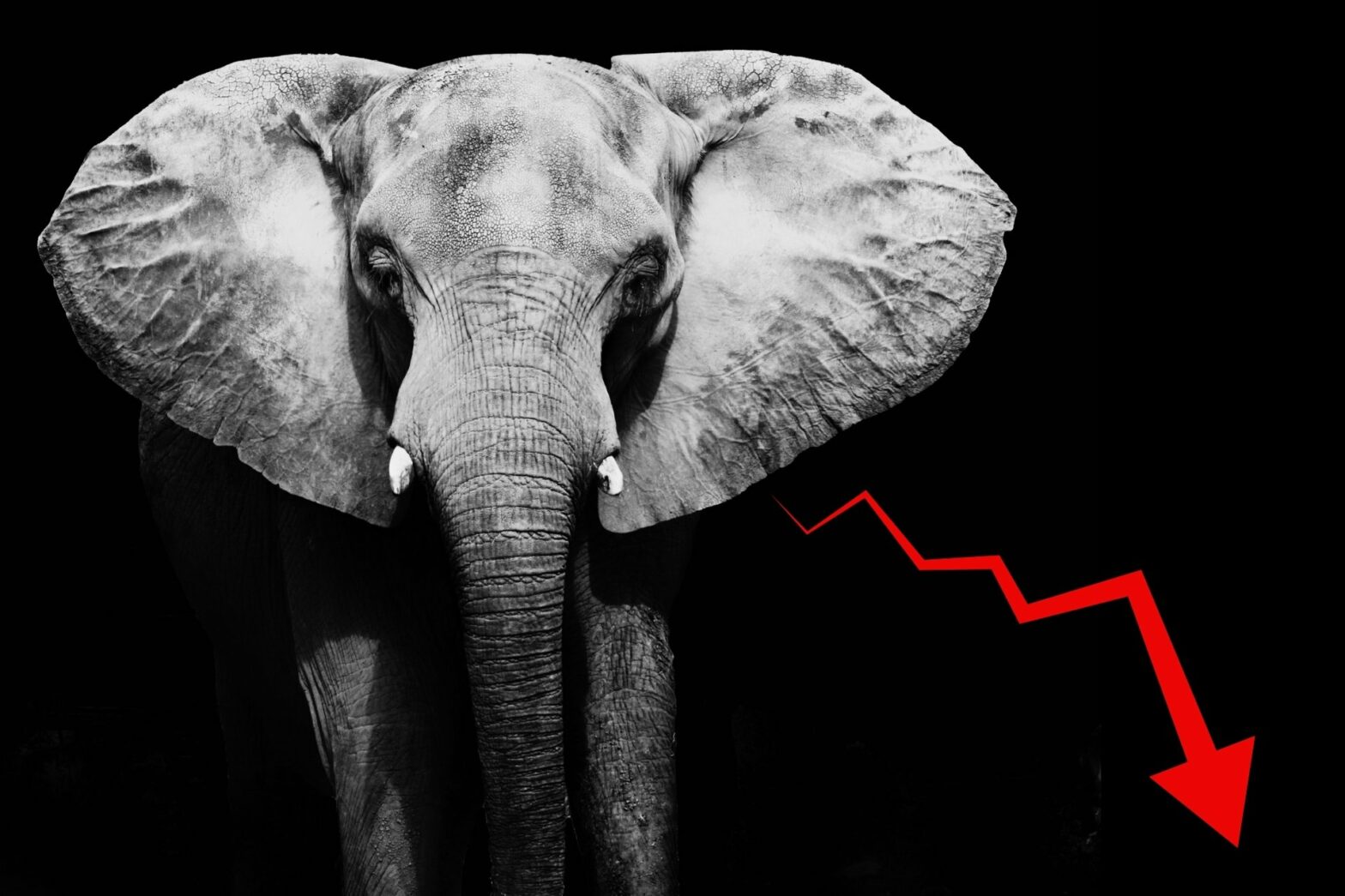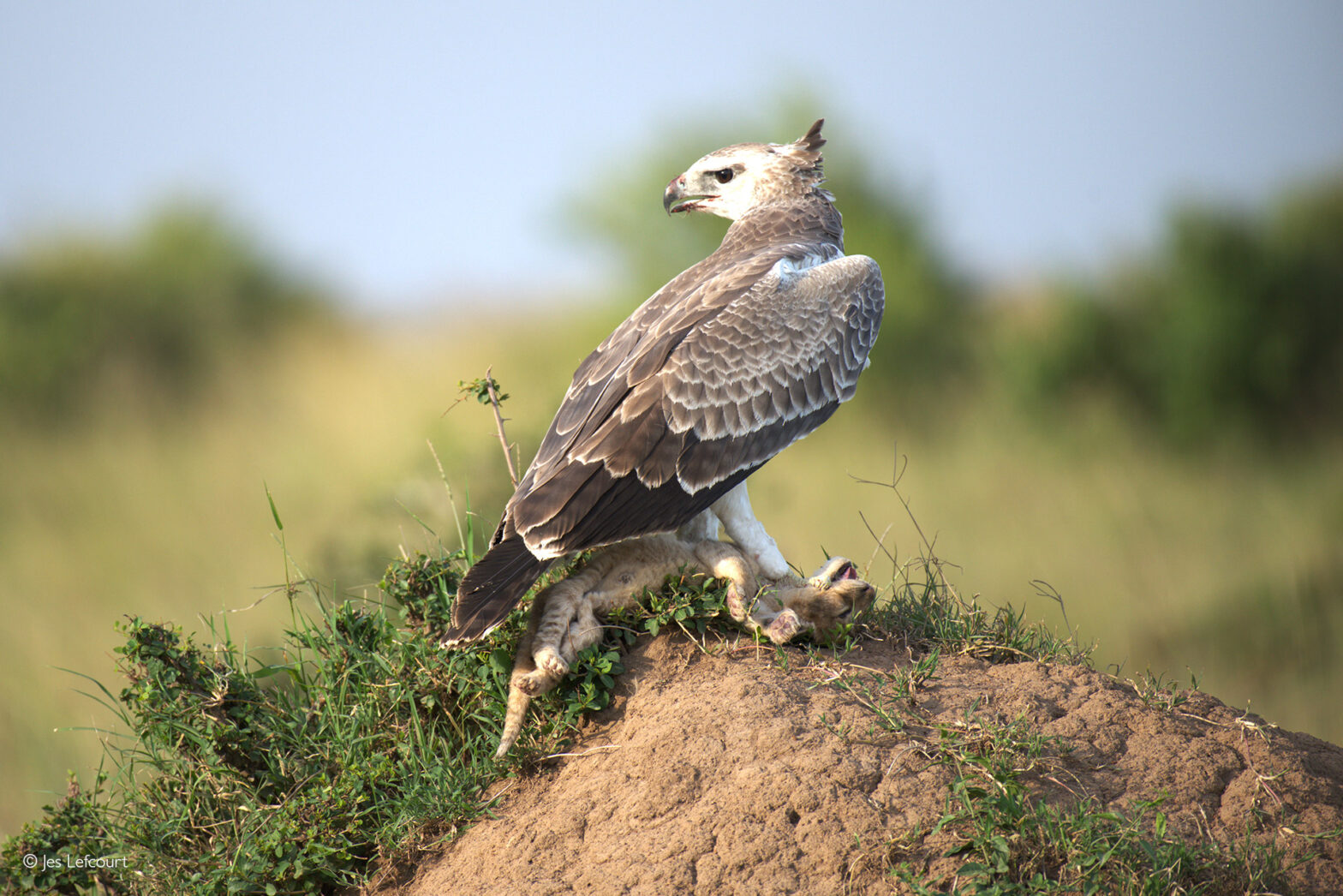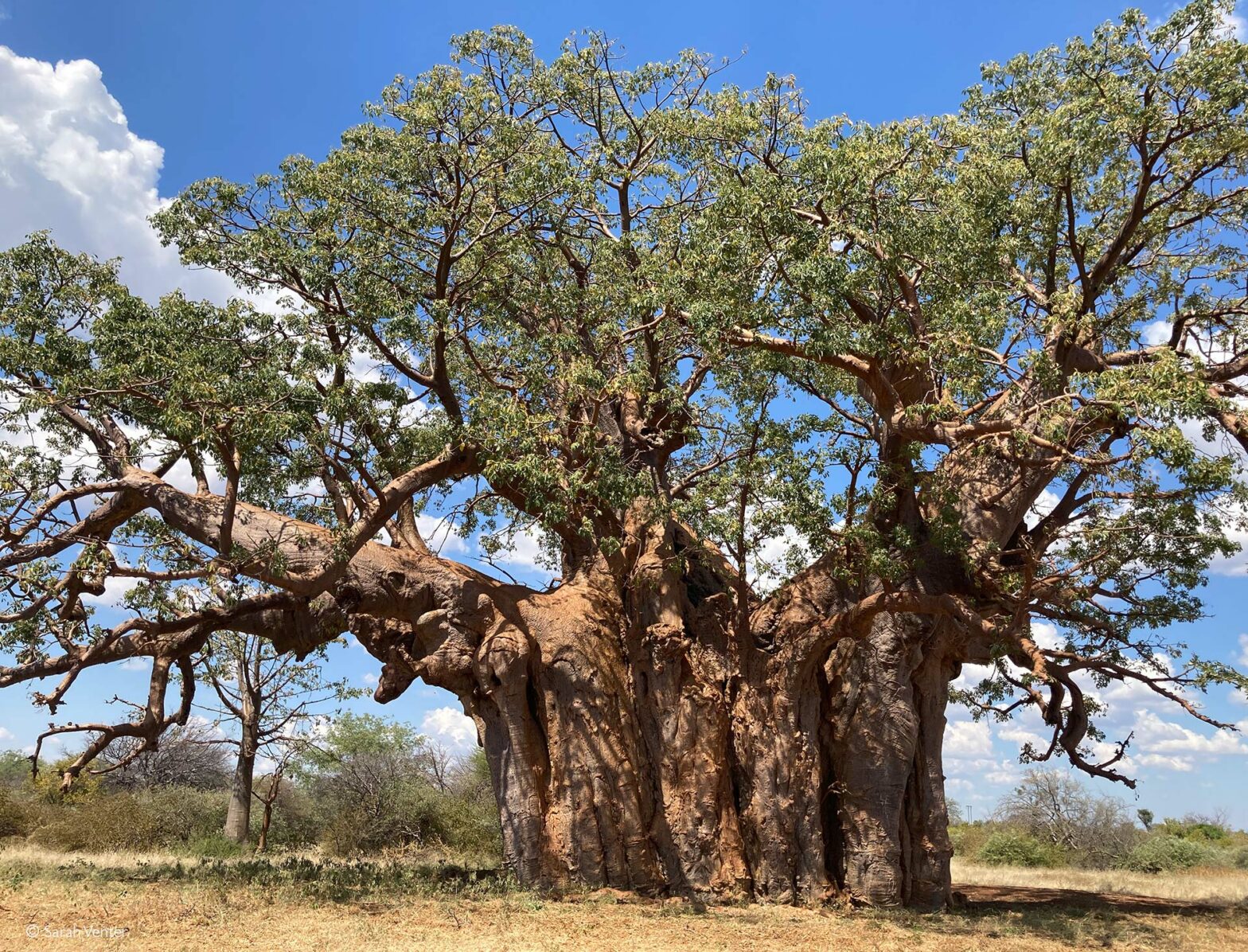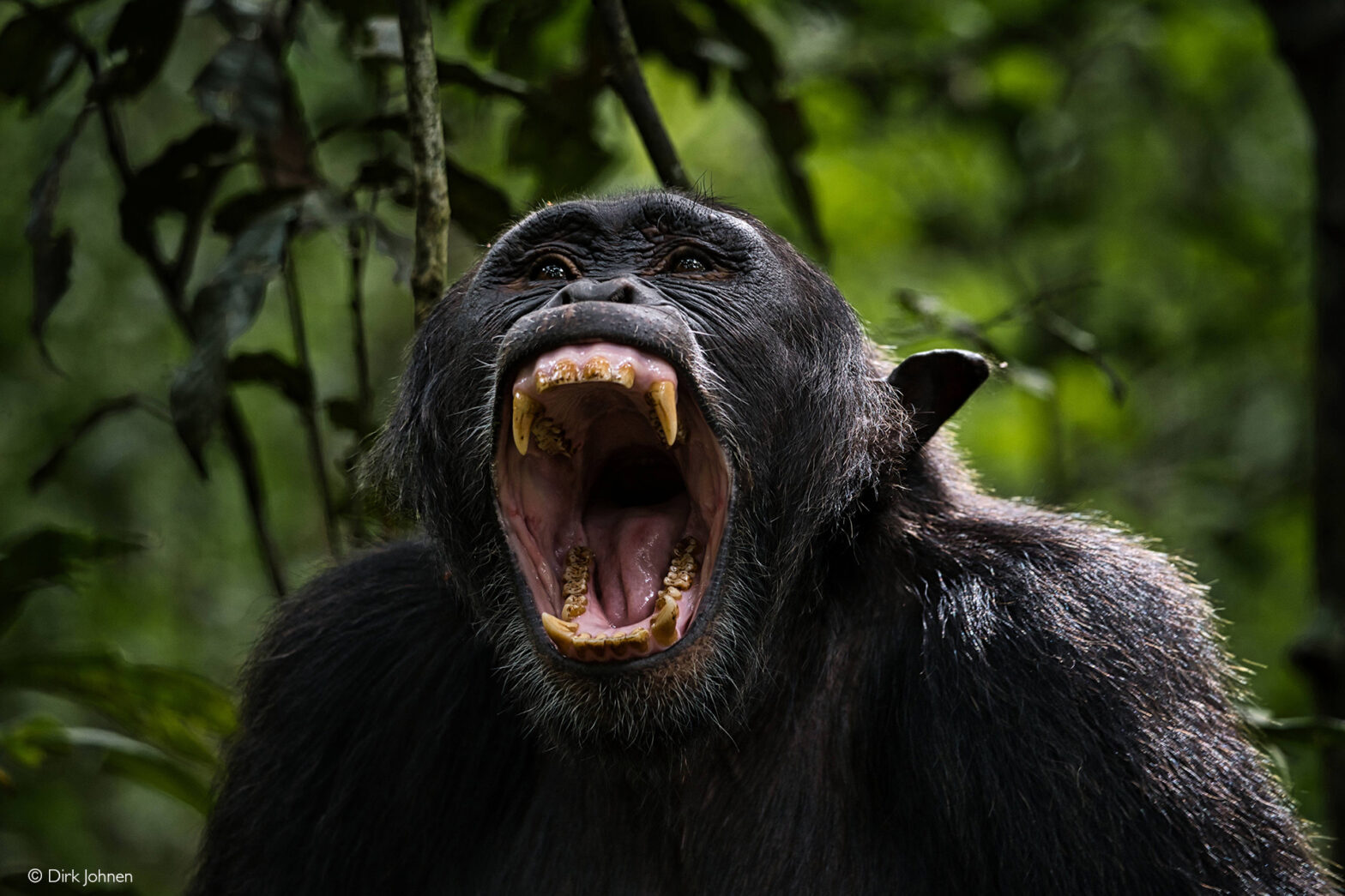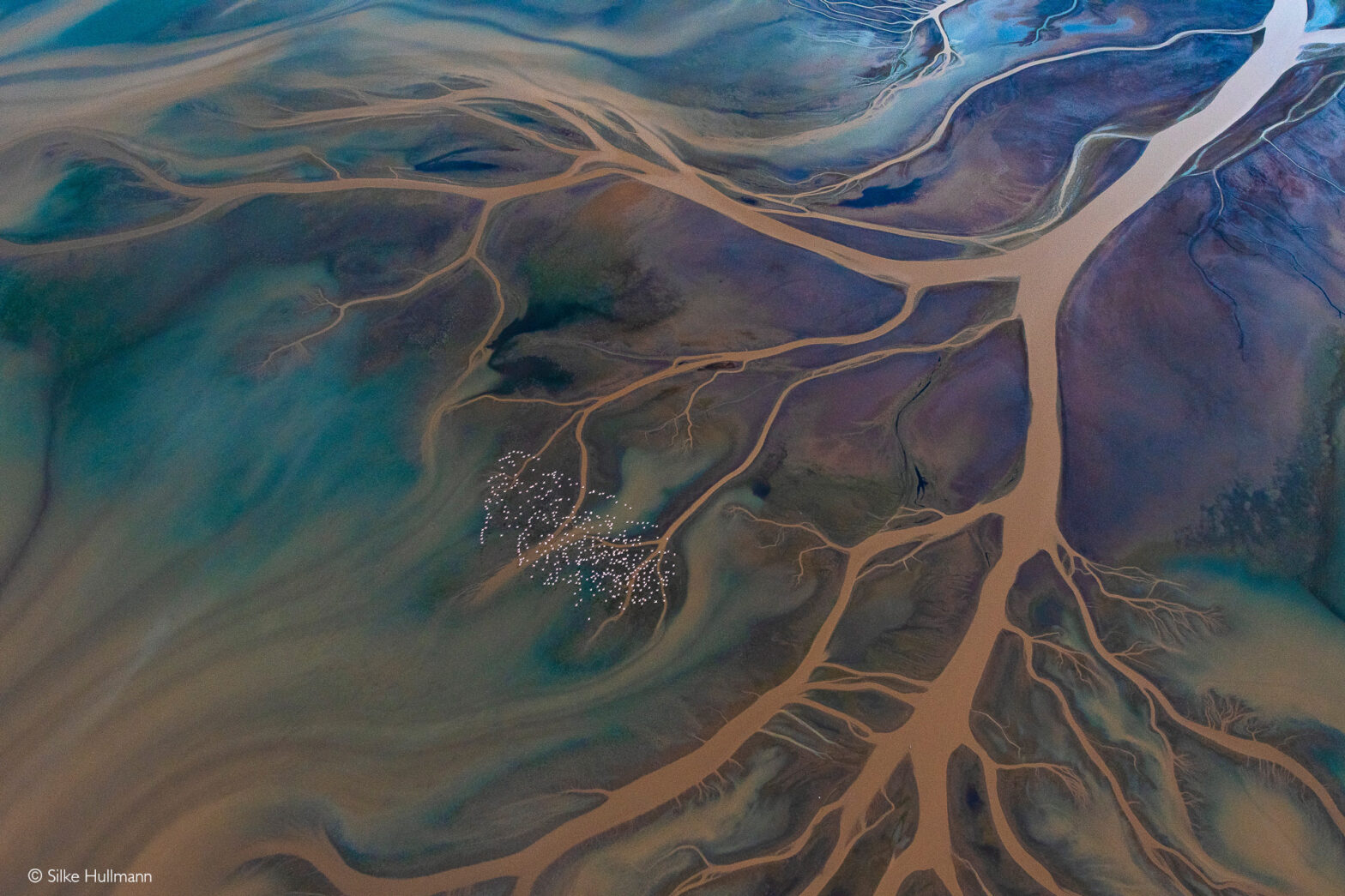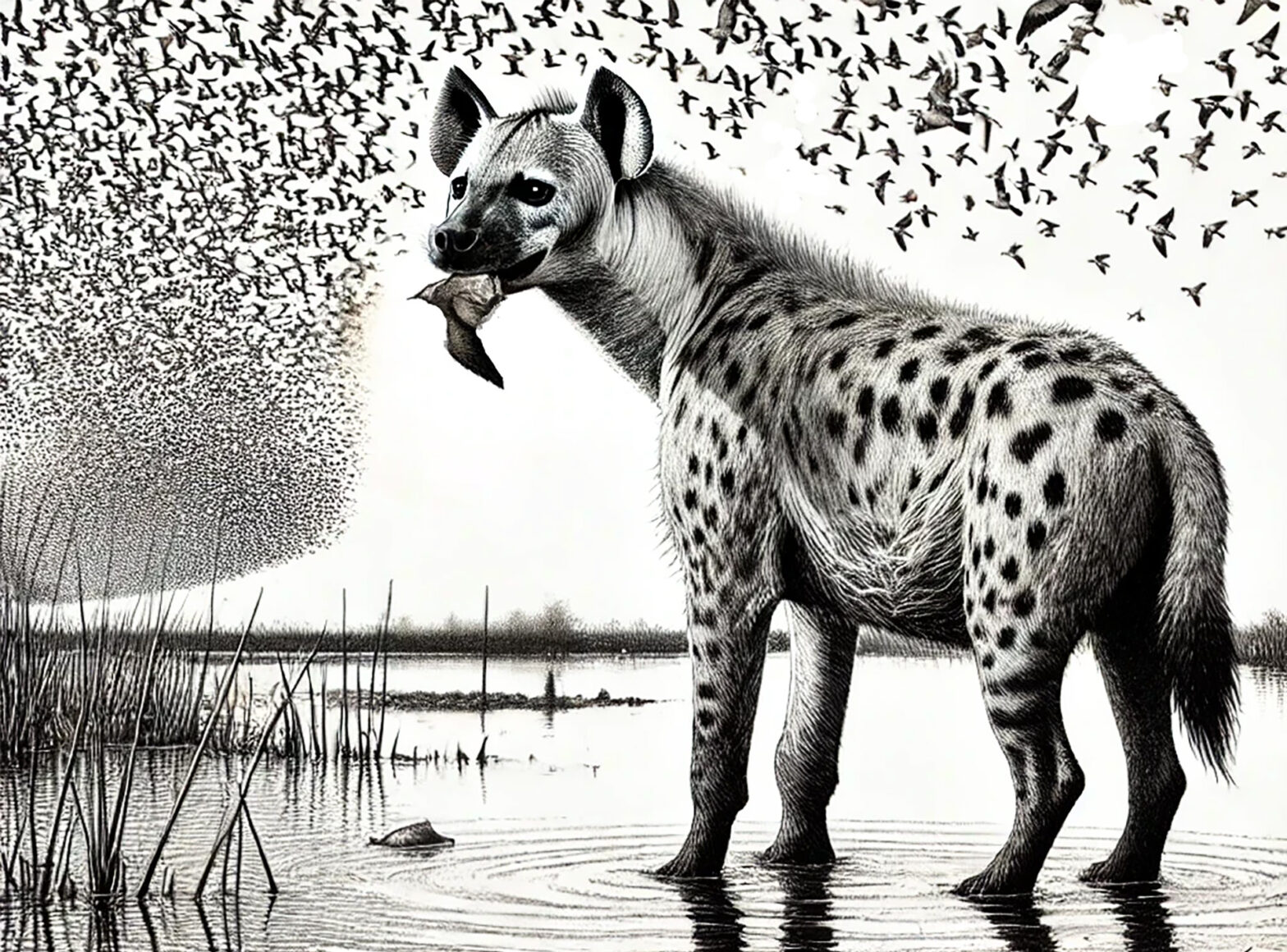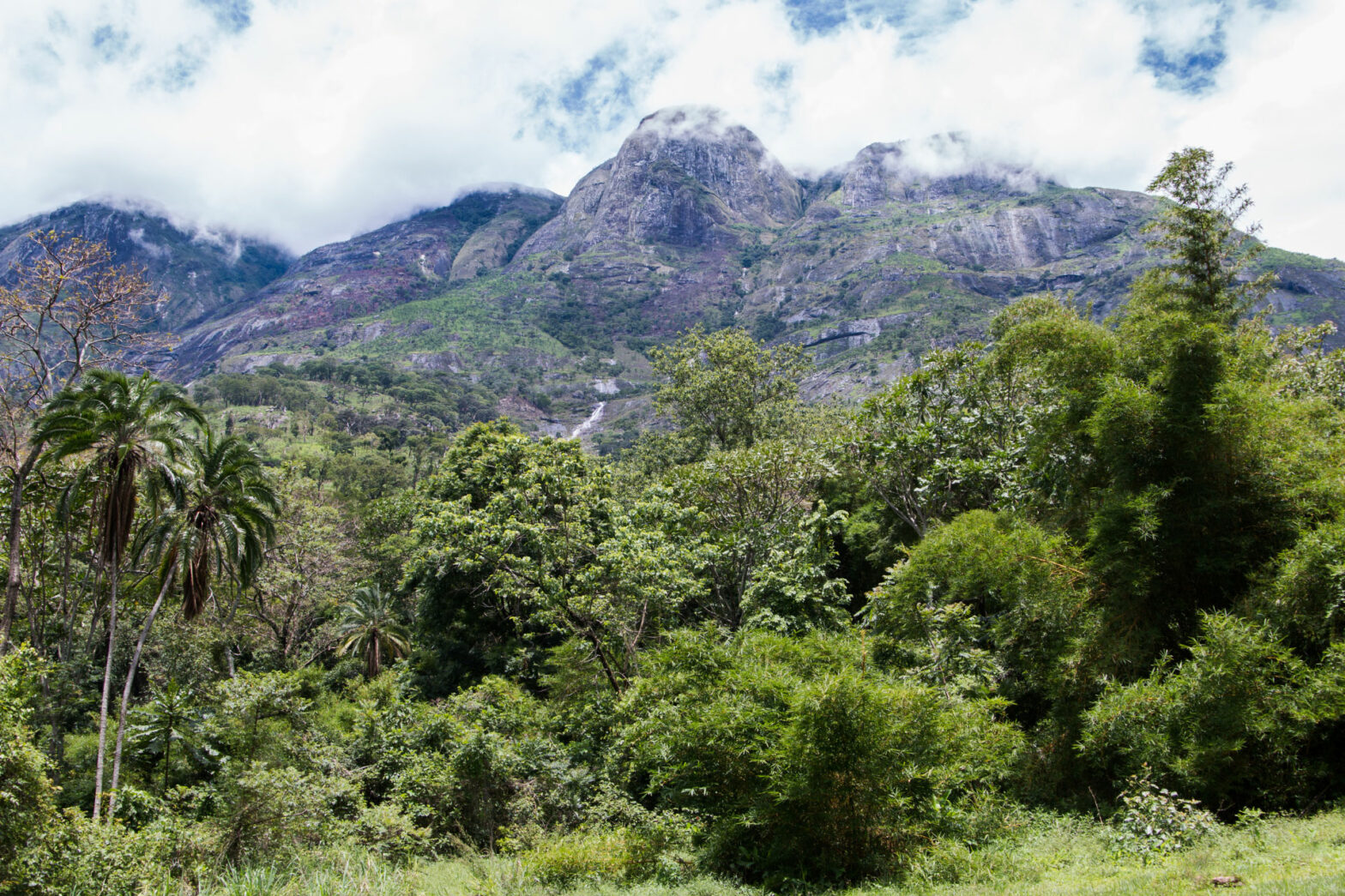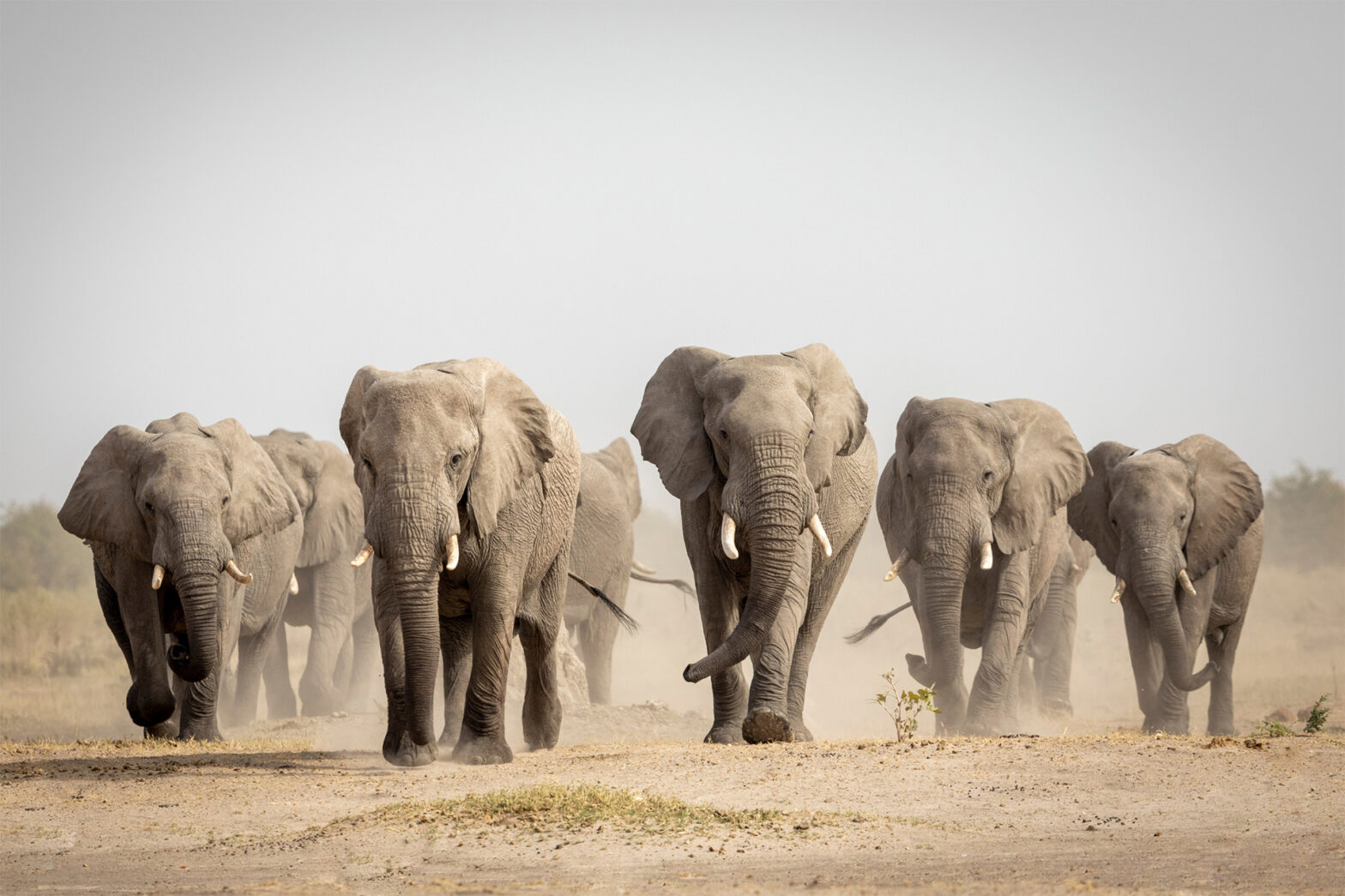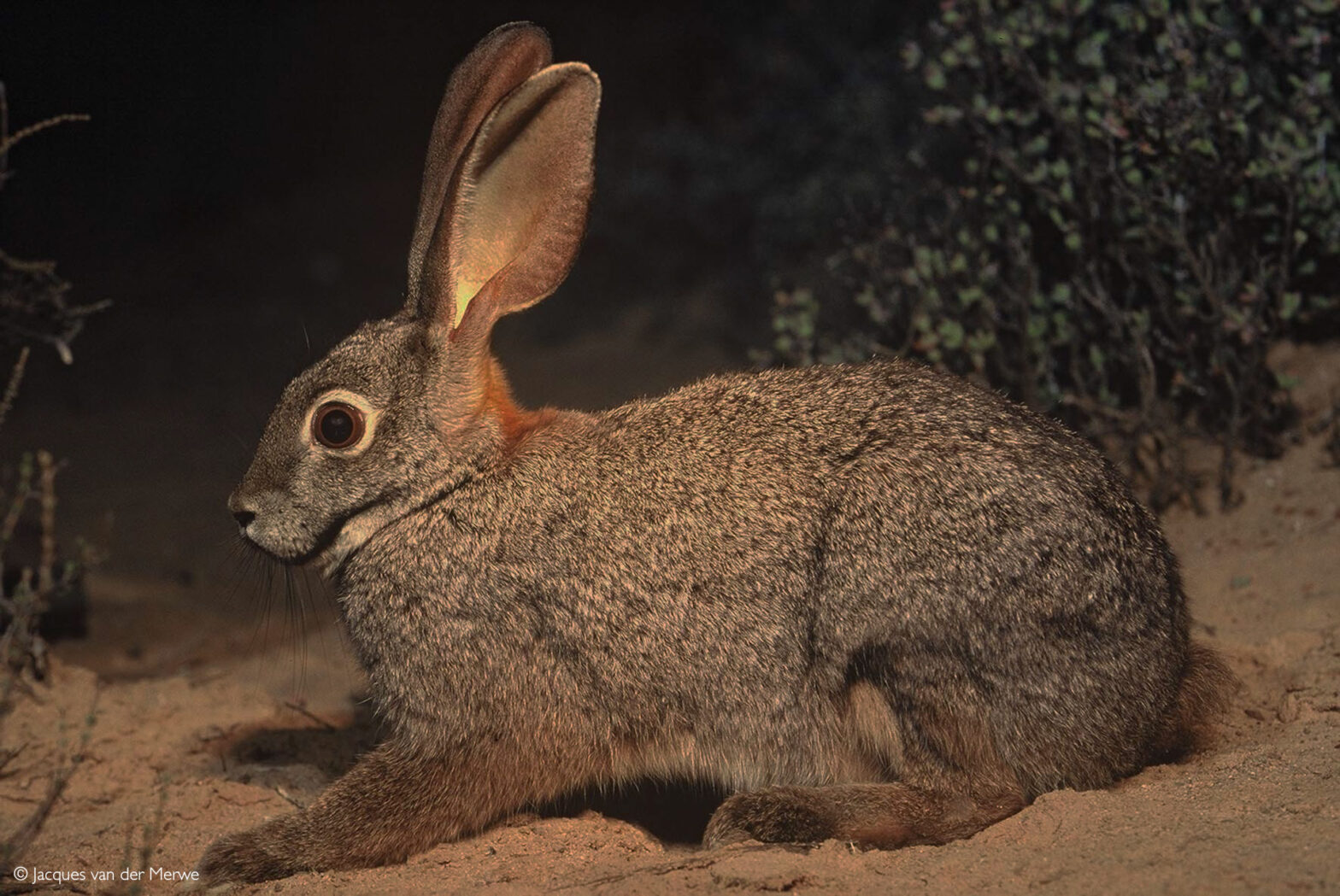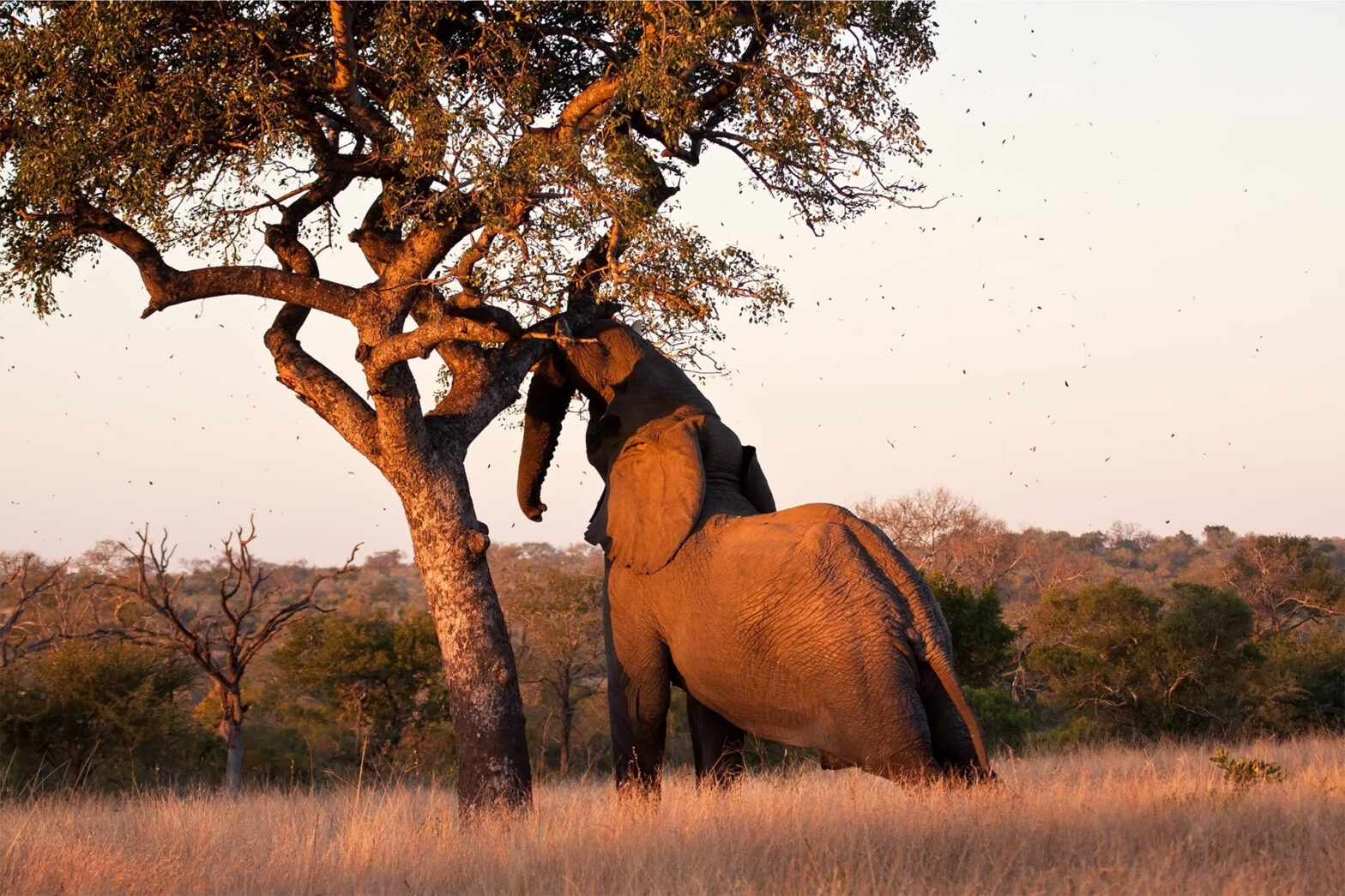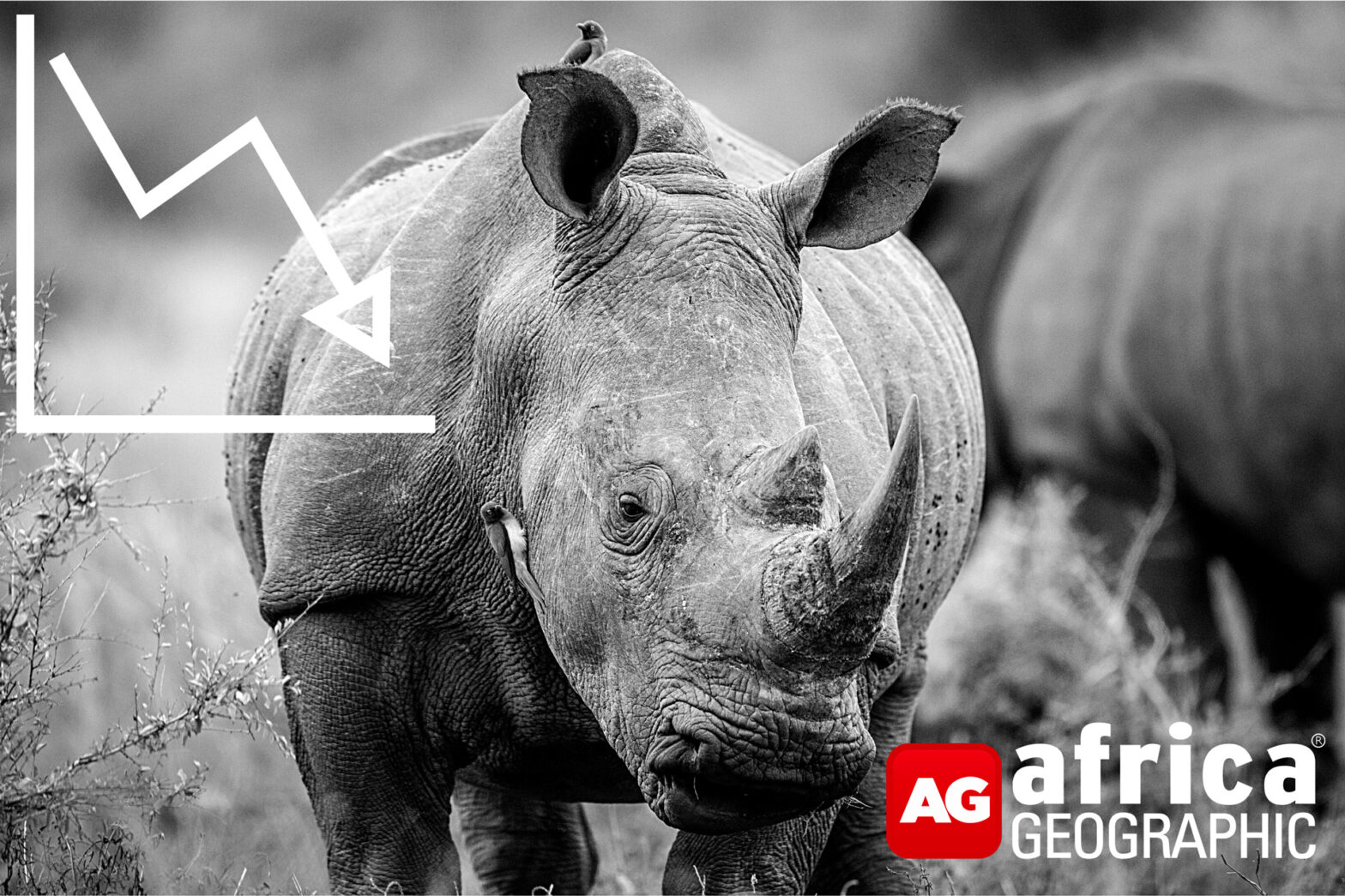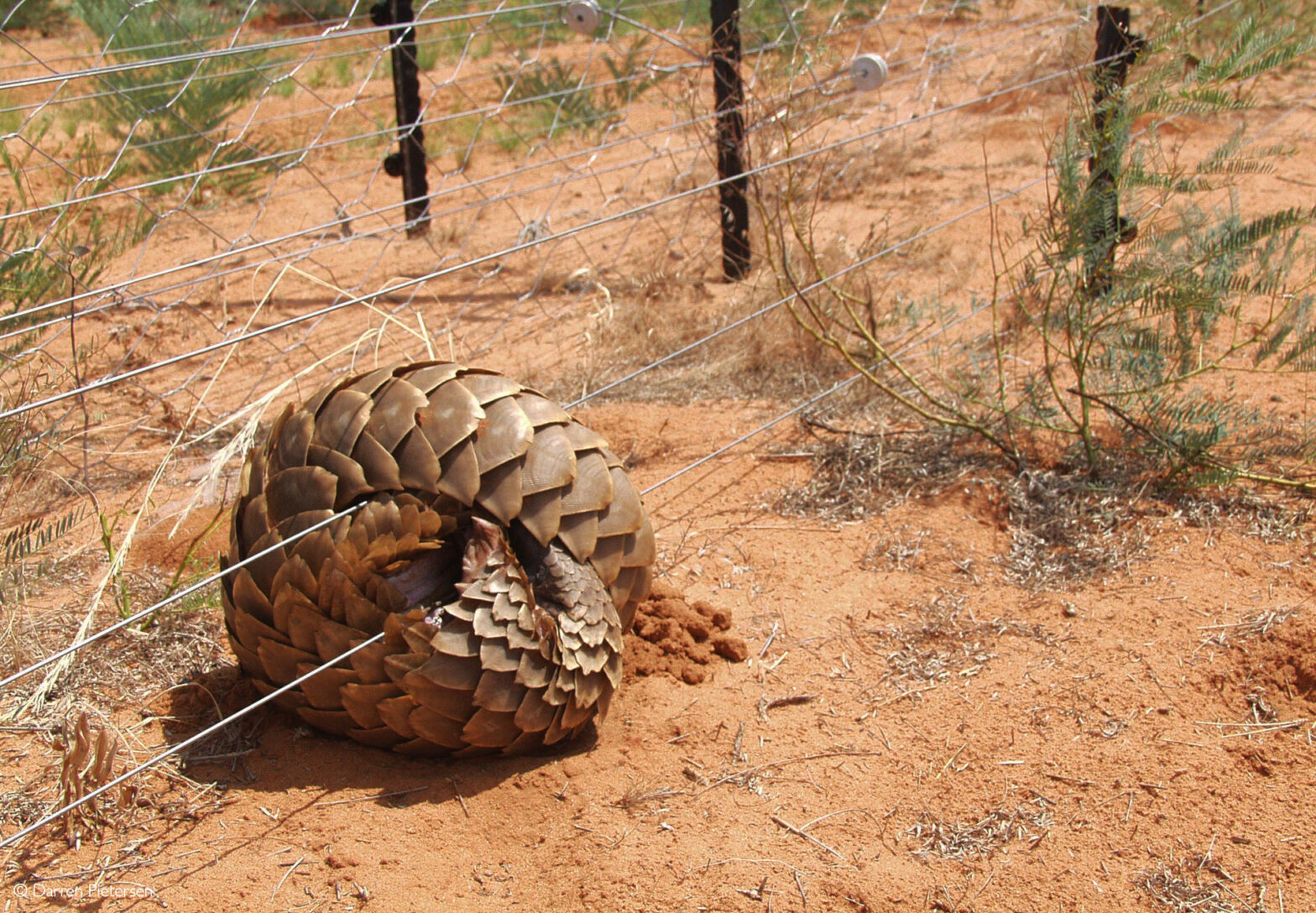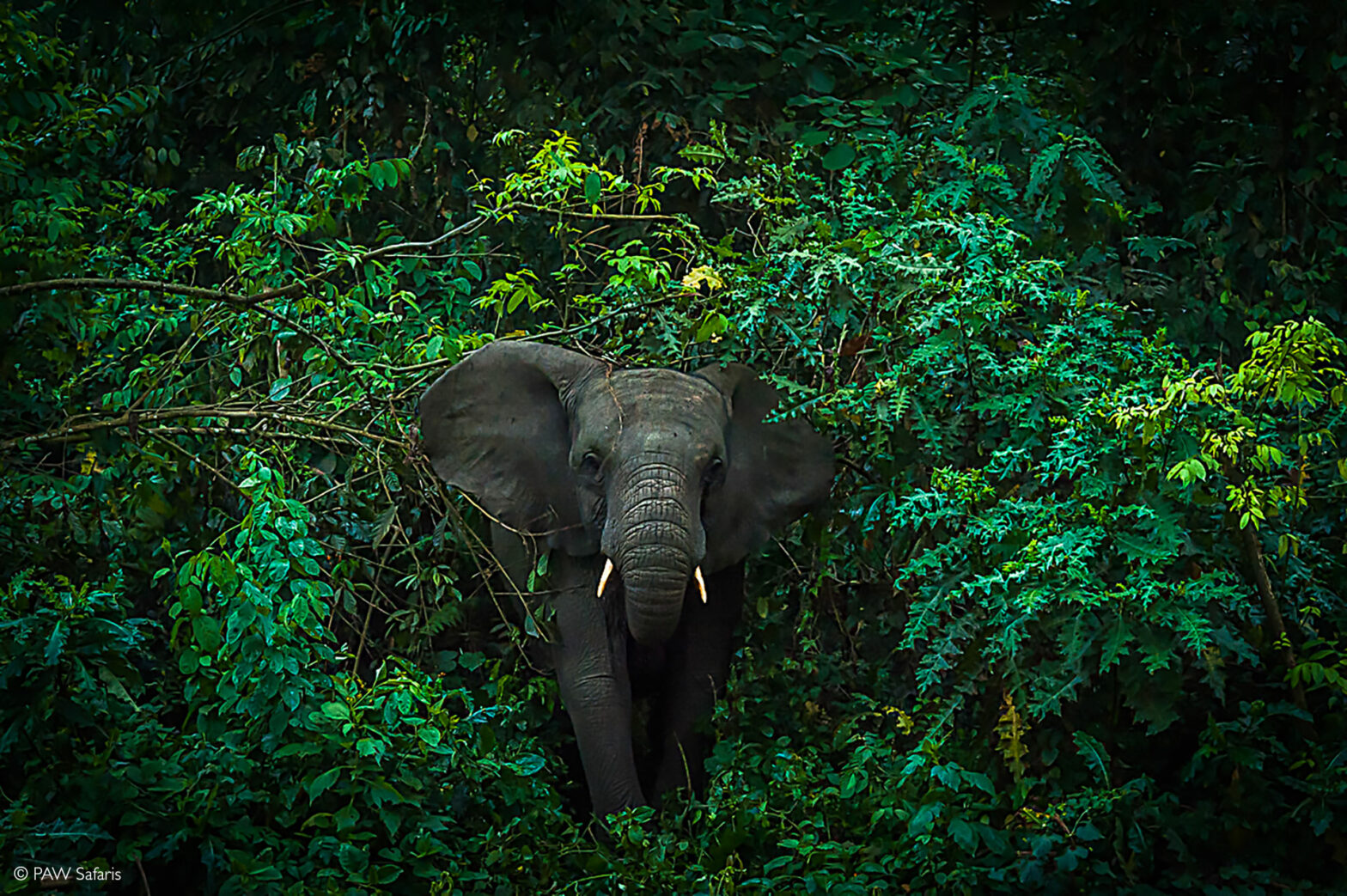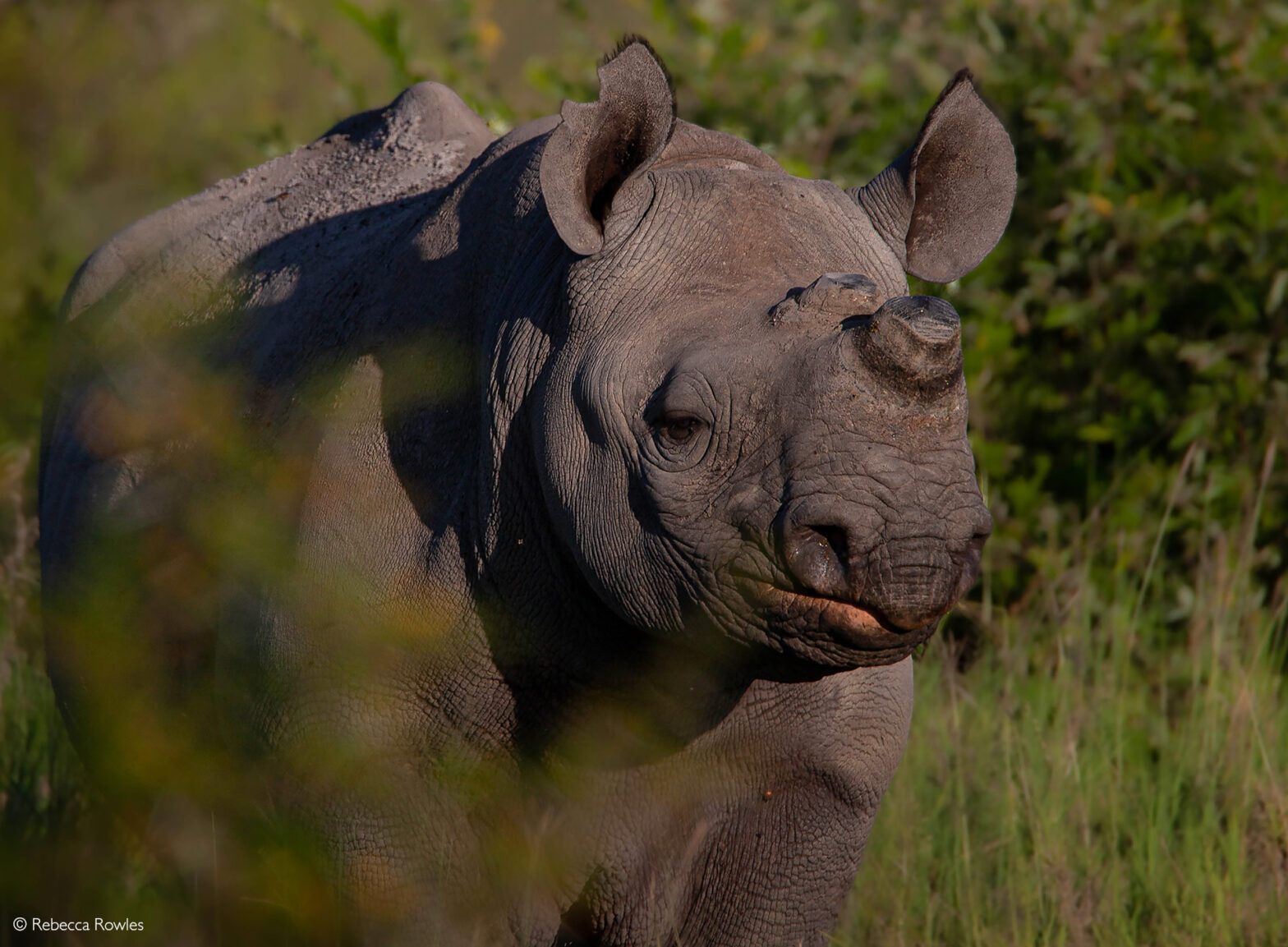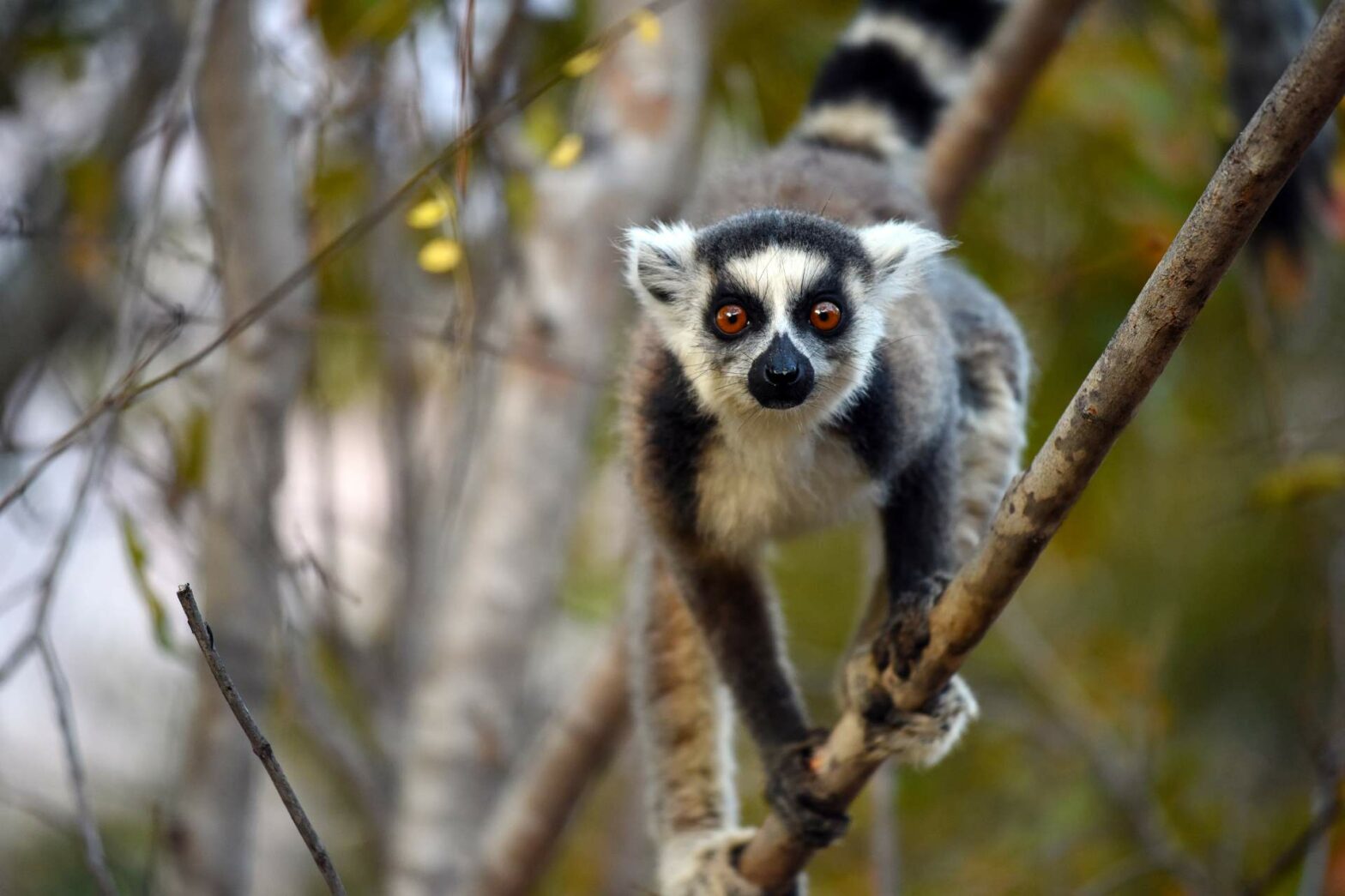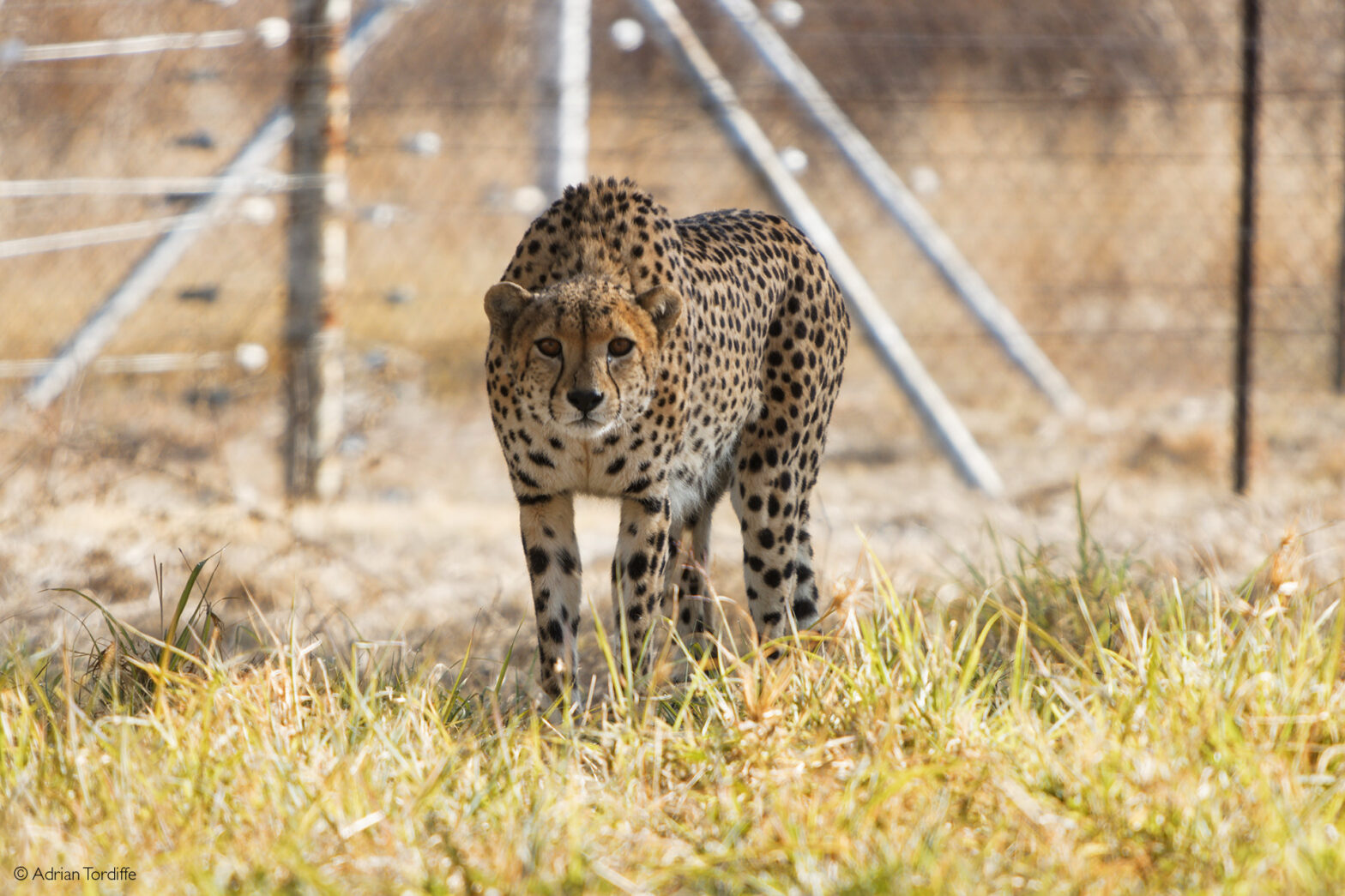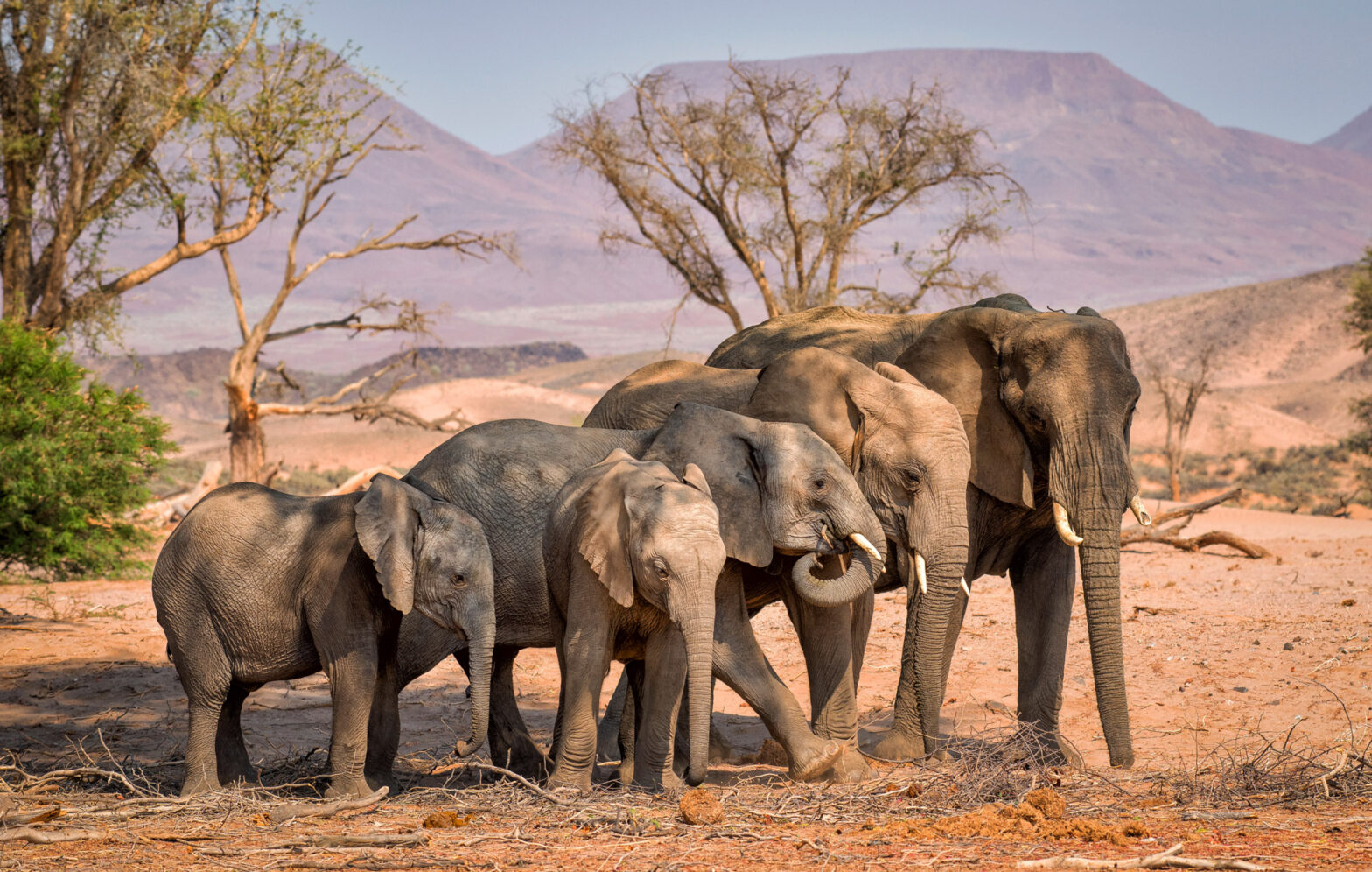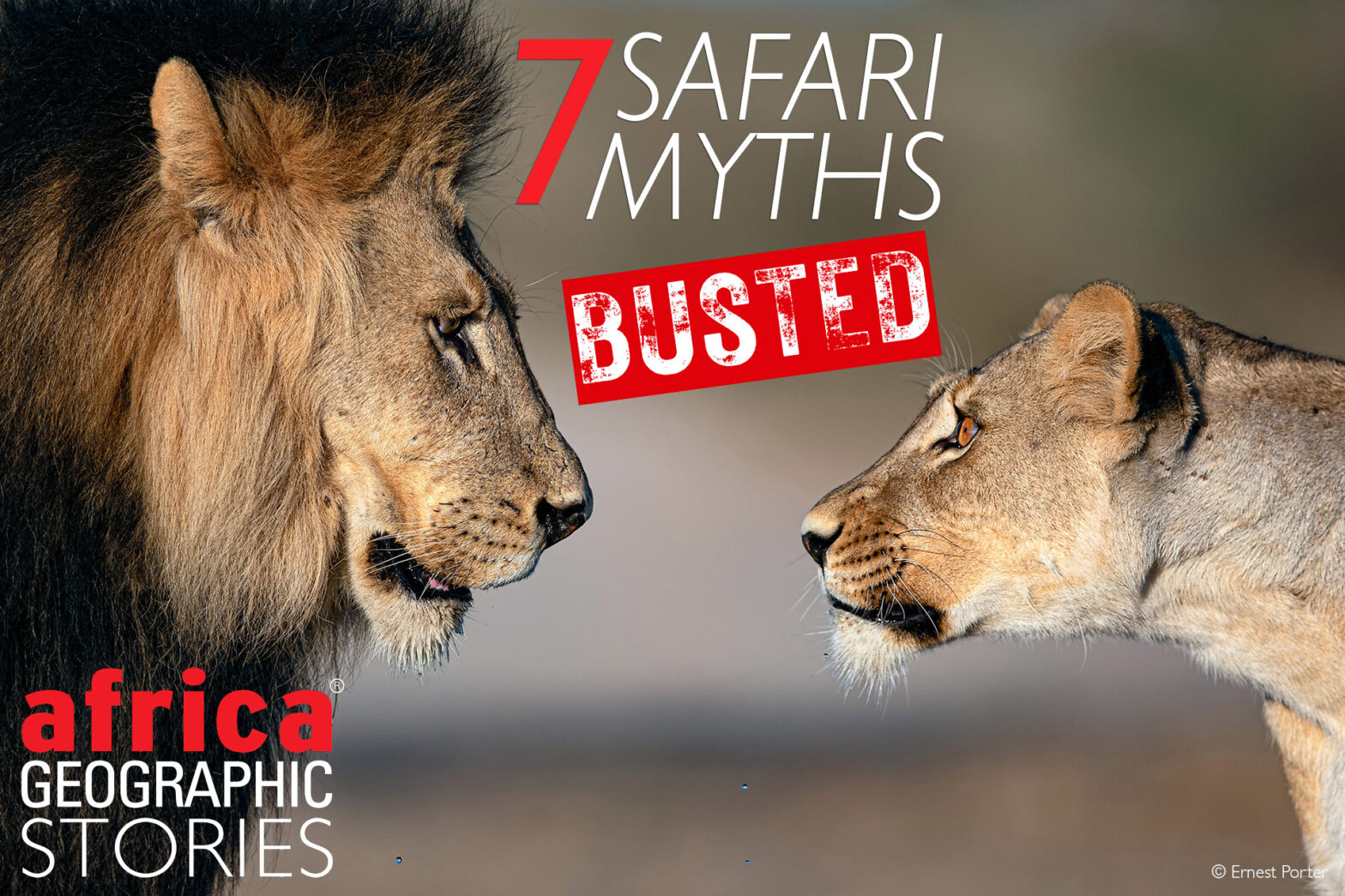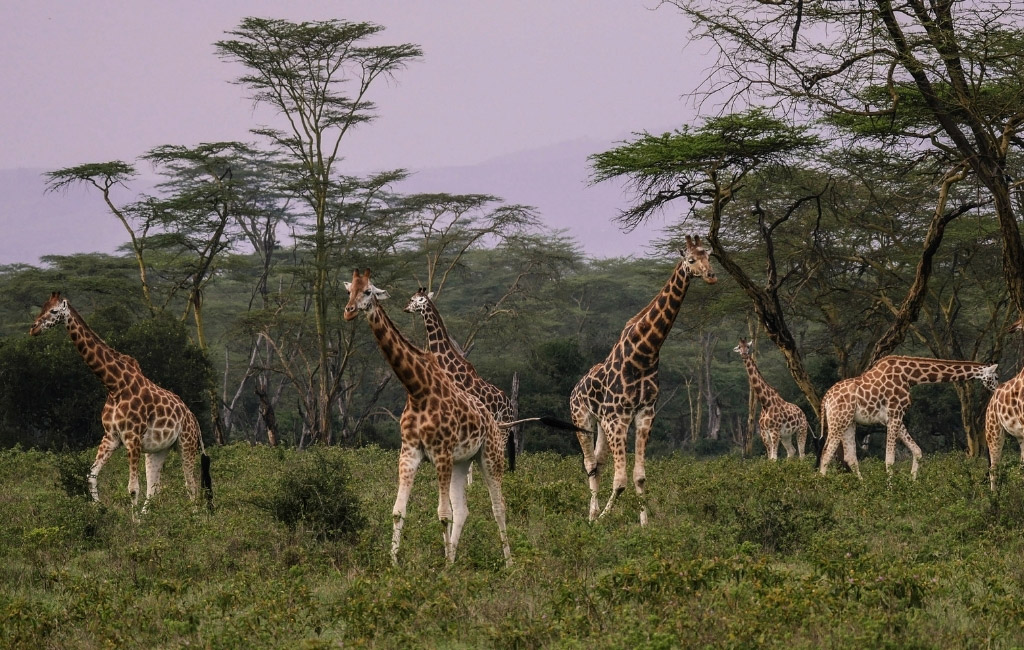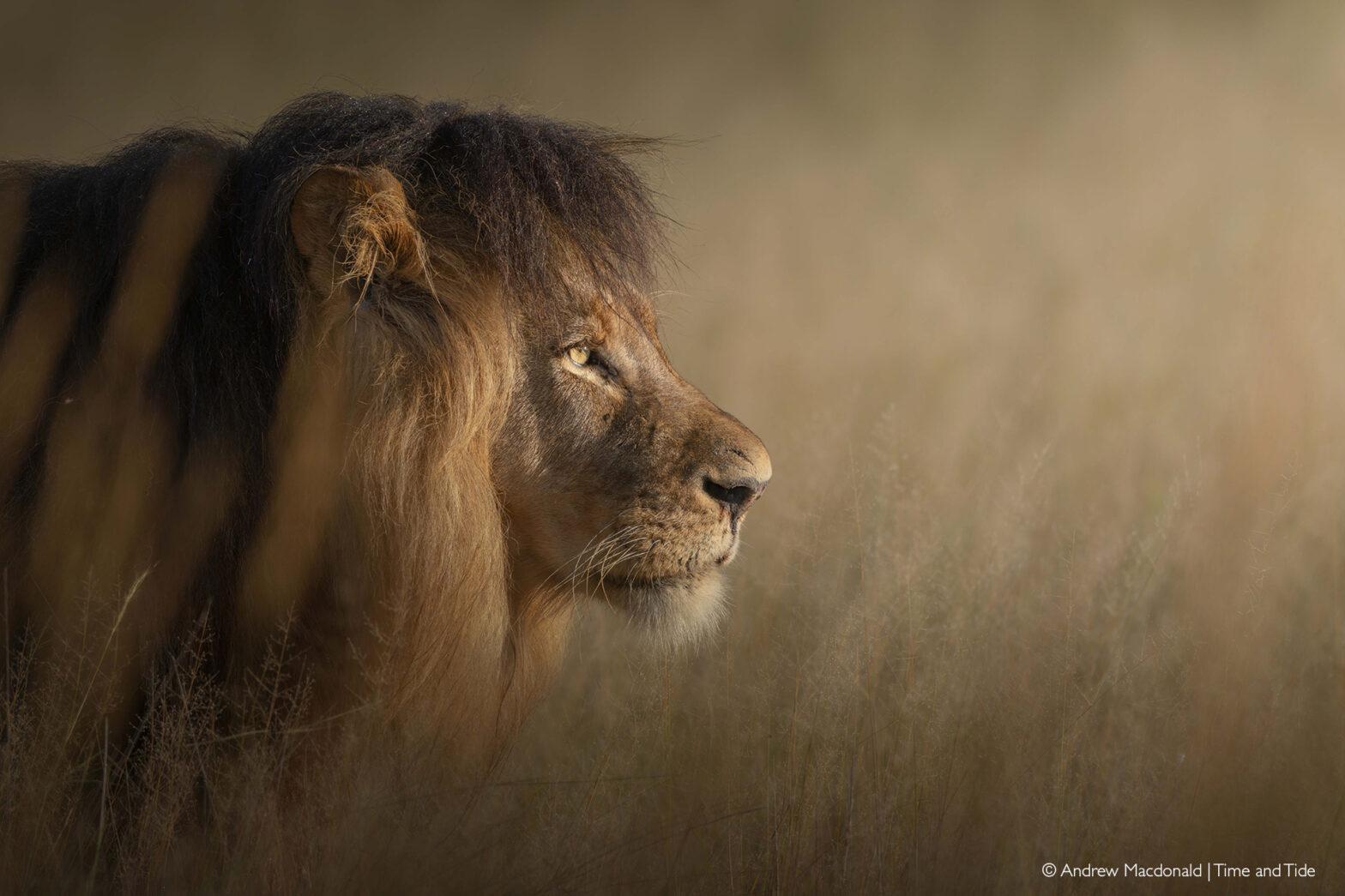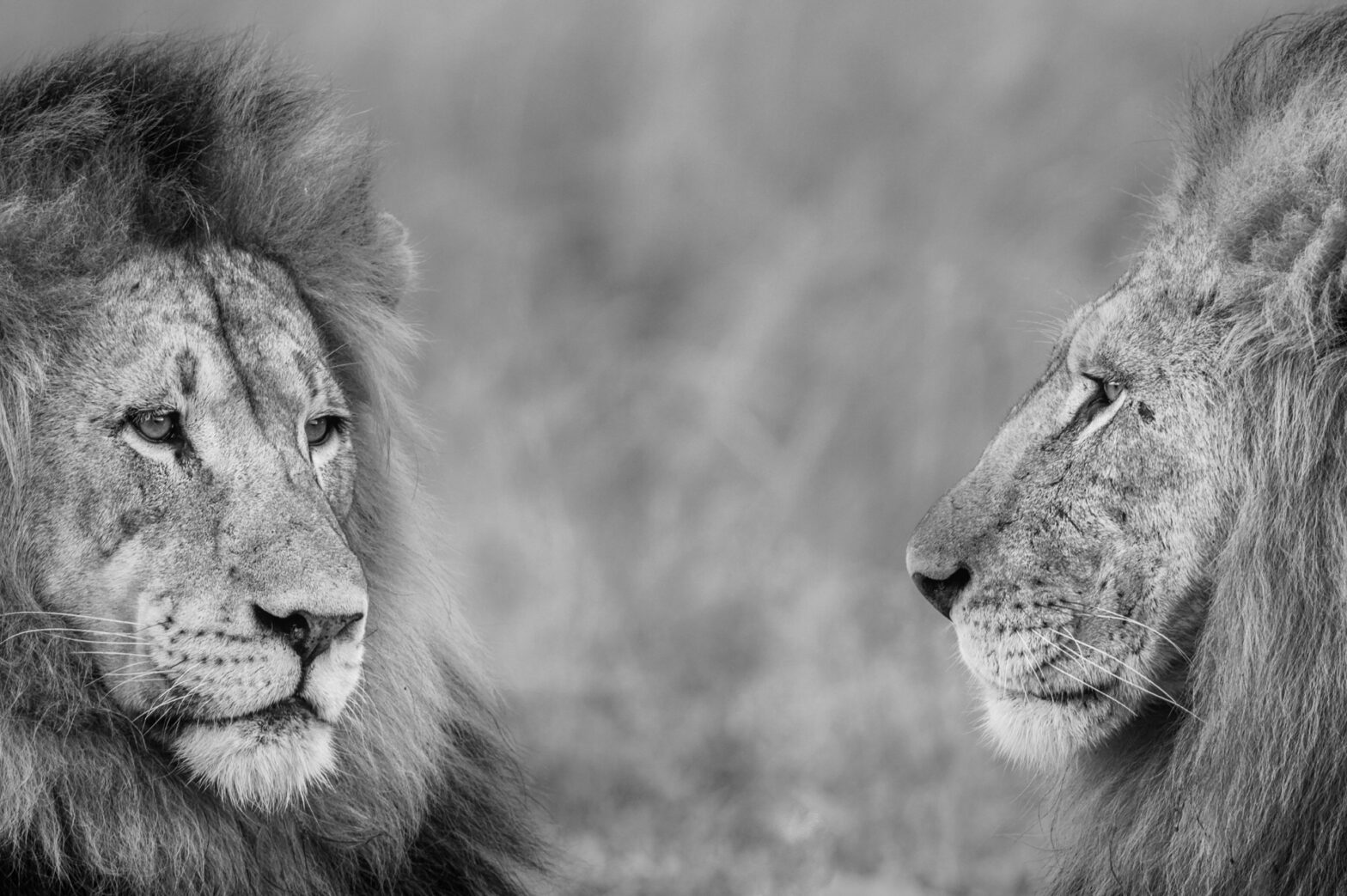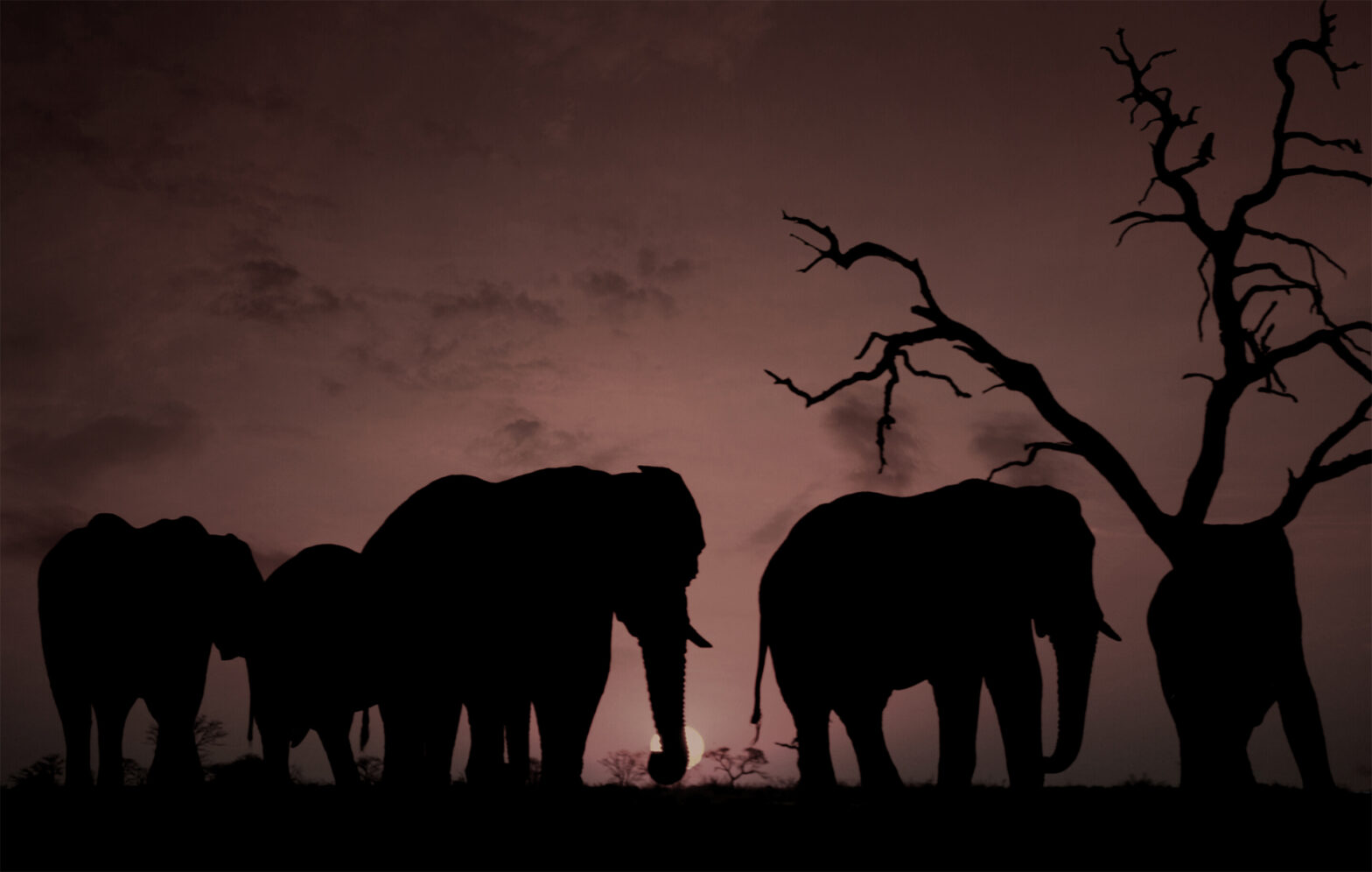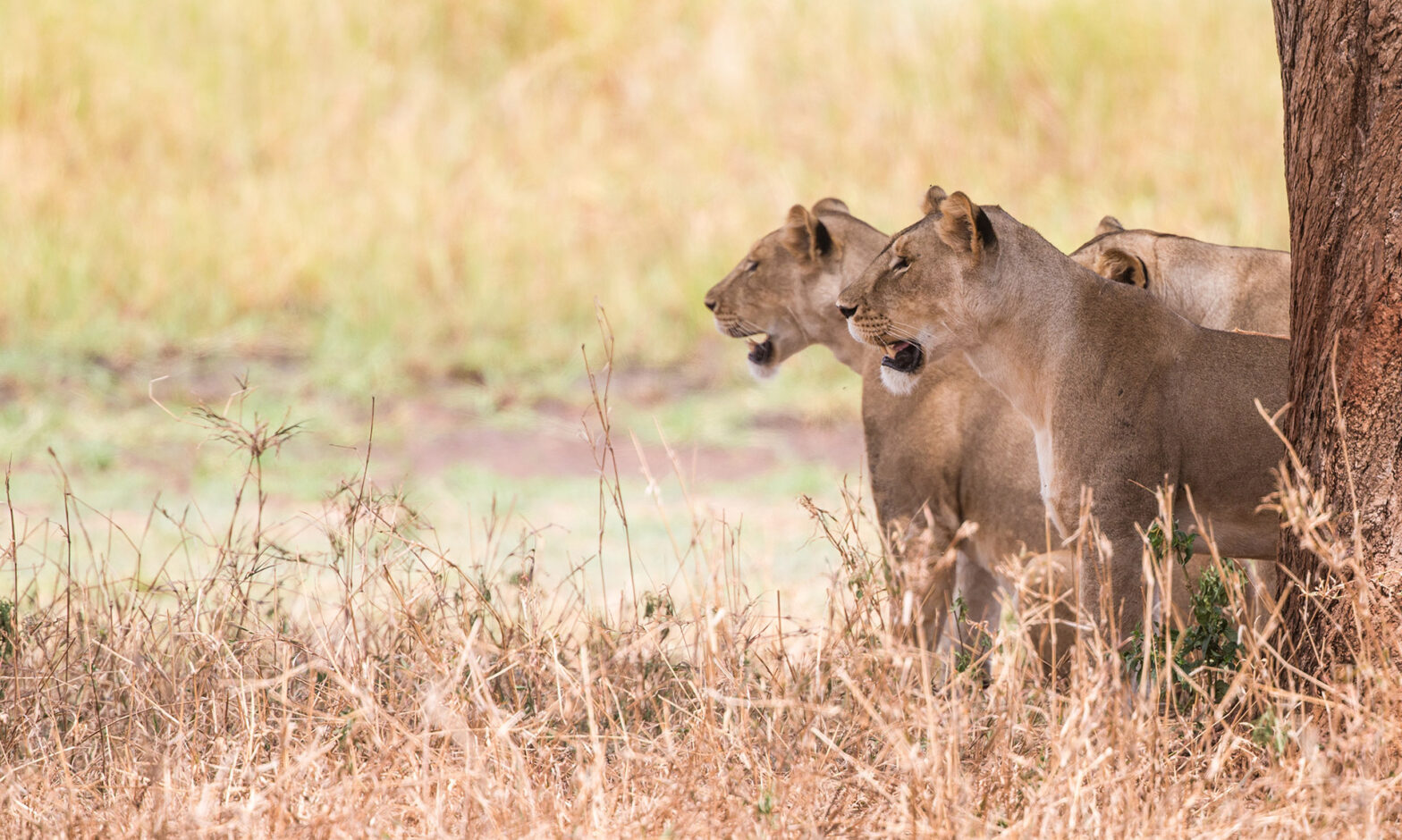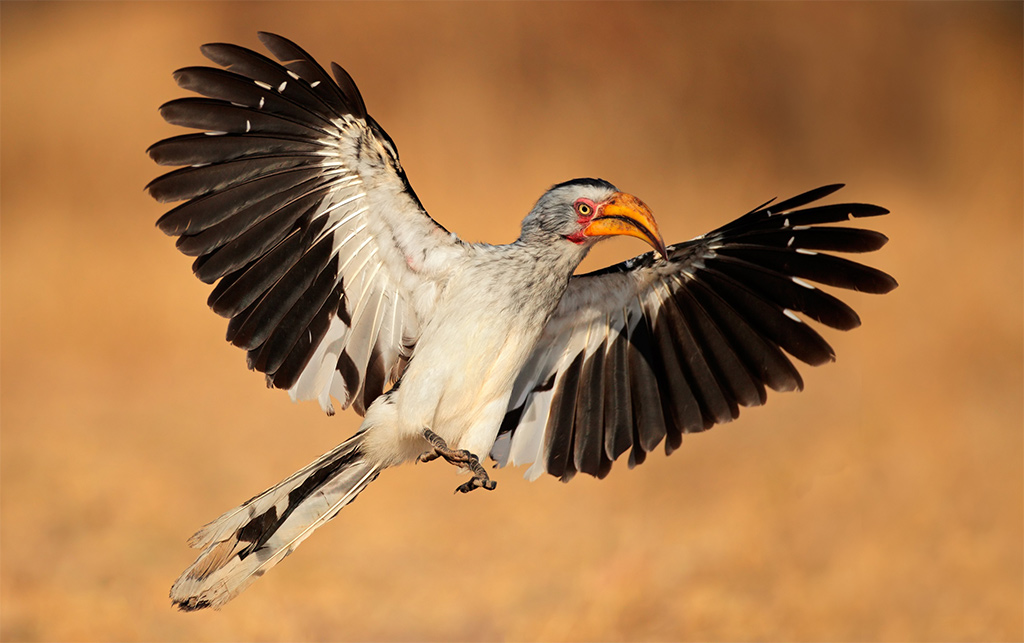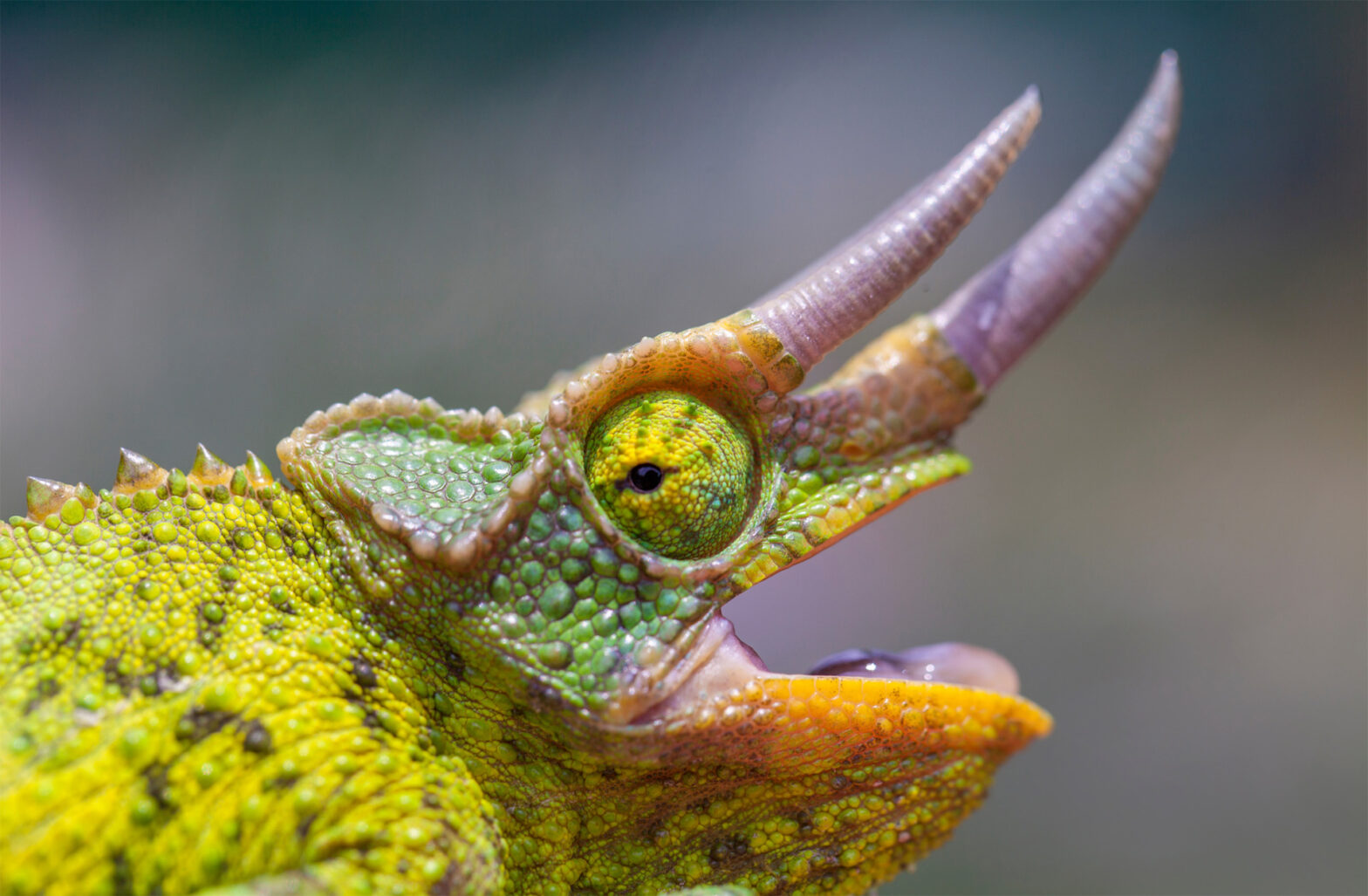A new survey sheds light on the state of the lion population in the north of Kruger, revealing trends that could shape future conservation efforts
Post Series Archives:
Livestock, wildlife, and the future of the Maasai Mara
Do cattle in the Maasai Mara harm wildlife or land? Recent studies challenges exclusion policies and call for a new conservation approach
The science of counting Kruger’s elephants
New research says Kruger’s elephant numbers have been underestimated, with improved aerial surveys revealing a growing population of elephants
The unique roars of leopards
Leopards have unique voices. A groundbreaking study shows how researchers can identify these elusive cats by their distinct roars
Painted predators, vanishing prey: a wild dog crisis
The African wild dog is hunting harder for less due to prey scarcity caused by poaching. Can they overcome this changing landscape?
Elephant populations drop by 90% (forest) and 70% (savannah) in 53 years – study
Research has uncovered population density declines of 90% for forest elephants and 70% for savannah elephants across Africa in 53 years
Martial eagles hunt lion cubs in Maasai Mara
Martial eagles have been recorded hunting lion cubs in the Mara ecosystem. A new study delves into the extraordinary behaviour of this apex predator
The unbreakable baobabs: are Africa’s iconic trees here to stay?
Africa’s baobabs are tougher than we think. Despite climate change concerns, these iconic trees show resilience against the odds
Chimpanzee speak: New research reveals human-like conversations
Discover how new research reveals striking similarities between chimpanzee and human communication, deepening our understanding of primates
Flamingos in peril: East Africa’s flamingos threatened by rising lakes
Rising lake levels caused by climate change are threatening East Africa’s flamingos, pushing their iconic habitats to the brink
Changing tastes: Why Zakouma’s lions are eating better
Improved management in Zakouma, Chad, has led to healthier prey populations. Lions now favour larger species & prides are getting bigger
Queleas added to hyena menu
Queleas have become an unexpected addition to the diet of spotted hyenas, showing hyenas’ adaptability and opportunism
Are fenced lions happy?
Does lion pride behaviour change between fenced & open systems? Researchers monitoring lions in Kruger, Pilanesberg & more aim to find out
Saving European rollers – flyway conservation – how you can help
A decline in European rollers has ignited conservation of these birds & their flyways, boosting protection of rollers & other species
Why did the 3-legged lion swim the 1.5km croc-infested channel?
Watch: Researchers capture lions’ 1.5km swim through crocodile-infested waters, as lions search for new mates & territory
Can rhinos survive climate change?
Unable to cope well with prolonged periods of extreme temperatures, rhinos are particularly vulnerable to the increasing heat associated with climate change
Africa’s new ecoregion: Islands in the sky
A new ecoregion has been proposed for Southern Africa’s threatened ‘sky islands’, consisting of 30 isolated rainforest-covered mountains
Africa’s migratory animals under threat
UN report: Africa’s migratory animals – from wildebeest & birds, to dugongs & whales – are under threat due to habitat loss and climate change
KAZA elephants – new analysis adds vital details
An analysis of elephant population trends in KAZA shows a worrying increase in poaching, slowed population growth, negative population trends outside of protected areas, and the need for more accurate information to combat threats
How a wobbly earth and green Sahara led to the spread of humans
How did wobbles in the Earth’s rotation lead to the greening of the Sahara Desert, and the wider distribution of humans and other species?
Africa’s raptors on the brink: urgent conservation measures needed
Researchers have uncovered a looming extinction crisis for Africa’s birds of prey, painting a grim picture for the continent’s raptors
Parenting, Wahlberg’s eagle style: making financial brokers proud
Why does the Wahlberg’s eagle lay only one egg? The parenting style of these eagles is a story that your financial broker would enjoy
Unveiling the mysteries of the riverine rabbit
Discovering additional riverine rabbit populations and gathering information about this elusive species has been a challenge. Here’s why
Net win – saving Africa’s trees from elephants
New research shows that wire-netting can be used to significantly increase tree survival by reducing elephant impact on large trees
Kruger rhino population update – the losses continue
Rhino populations in Kruger National Park continue to decline despite innovative strategies implemented to prevent rhino poaching
“Shock” value – the animal toll of electric fences
What is the animal toll of electric fences? Safeguarding protected and wild areas comes at the expense of countless wildlife, says research
The hybrid elephants of Kibale – new research on how to distinguish types of African elephant
A new study from Kibale has laid the groundwork to distinguish between forest/savannah elephant hybrids and different elephant species
The science behind keeping the rhinos of Greater Kruger safe
How effective are Greater Kruger’s interventions in keeping rhinos safe? A new report analyses the effectiveness of rhino conservation
The boudoir of beetles – how this orchid sexually deceives its pollinator
How this longhorn beetle has been deceived into copulating with a rare orchid, Disa forficaria, in order to act as its pollinator
Towering intellect? How scientists discovered that giraffe can use statistical reasoning
Giraffe are an endless source of fascination for scientists. A new study reveals that giraffes are capable of statistical inference
Missing the point: new study suggests that dehorning can negatively impact black rhino social behaviours
Dehorning rhinos is a vital anti-poaching strategy. But a new study suggests dehorning can negatively impact black rhino social behaviours
Spot the difference – do leopards inherit their patterns from their mothers?
Research shows that leopards inherit their patterns of rosettes and whisker spots from their mothers – an exciting finding in leopard genetics
A wounded rhino or a parasitic worm? Filariasis explained
Ever noticed wounds on the skin of a rhino? These lesions have an interesting source. We examine Filariasis, caused by a parasitic worm
Measured in millions – the years needed to restore the lost biodiversity of Madagascar
It would take millions of years to reverse the damage done to Madagascar and its unique and precious biodiversity, according to a new study
A second silent spring – the impending insect apocalypse
Insects are essential ecosystem engineers, but are vulnerable to climate change. Scientists are warning of an impending insect apocalypse – which will severely impact human life
Private rhino – the importance of private sector rhino conservation
More than half of Africa’s rhino are in private hands. With rising protection costs, what will it take to build a resilient private industry?
A passage to India – how the journey of southern Africa’s cheetah divided the experts
The reintroduction of cheetah to India is dividing conservationists. Is this an ecologically unsound vanity project or a conservation win?
Putting elephants on the map – exploring connectivity in southern Africa
How do elephants move across southern Africa through protected areas and beyond? New research explores the value of habitat connectivity
Seven safari myths – busted
Can you separate fact from fiction when it comes to the tall tales told about Africa’s wildlife? Our experts bust common safari myths
Giraffe social structure as complex as elephants’
Giraffe social structure is as complex as elephants’ – consisting of intricate communication, stable kinship groups and supportive mothering
Population growth, exploitation and climate change: safeguarding Africa’s wildlife into the 22nd century
A study on population growth, resource exploitation & climate change highlights the necessary steps for preventing loss of wild habitats & species in Africa
Human-wildlife conflict: long-term trends in Namibia
Research in Namibia on the type & frequency of human-wildlife conflict incidents between 2001–2019 can aid in mitigating future conflict occurrences
Vanishing lions – a 75% decline in Africa’s iconic predators in just five decades
Africa’s lions are disappearing. New research shows that lion populations across the continent have declined by 75% in just five decades
The elephant in the room – how social media attention misses more pressing conservation threats
Social media impacts conservation. Research shows that the attention elephants receive on Twitter fails to address urgent conservation issues
The state of Africa’s rhino
Here’s our analysis of the IUCN report containing the most recent rhino numbers, trends, poaching incidents, conservation measures & trade updates
Human-wildlife conflict: The ones that got away from snares and shotguns
Scientists can now detect injuries from snares & shotguns on trophy-hunted lions & leopards – quantifying the extent of previously unreported human-wildlife conflict
Elephants that creep in the dark – how elephants distinguish between human activities
Chobe elephants have learnt how to change their activity patterns to reduce risk of human encounters – new research
Lions target particular types of cows – research
Understanding how predators select cattle for prey could help in protecting livestock from lions, mitigating human-wildlife conflict
Five years until the Kalahari’s hornbills start to vanish
Scientists have predicted that the Kalahari’s hornbills will start to vanish in five years – and climate change is to blame
Hawaii’s conspicuous African chameleons
How did chameleons come to evolve their kaleidoscopic capacity? Escapees from the 1970s Hawaiian pet trade may hold the answer






